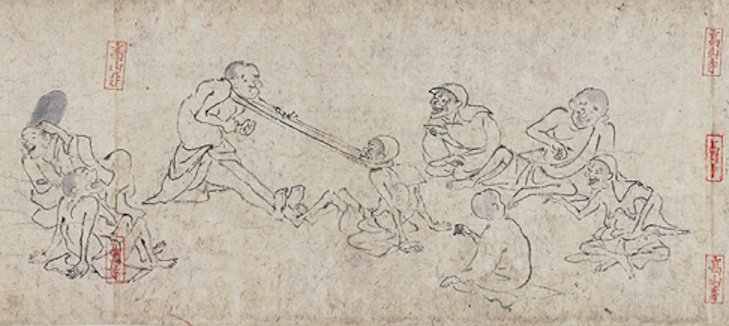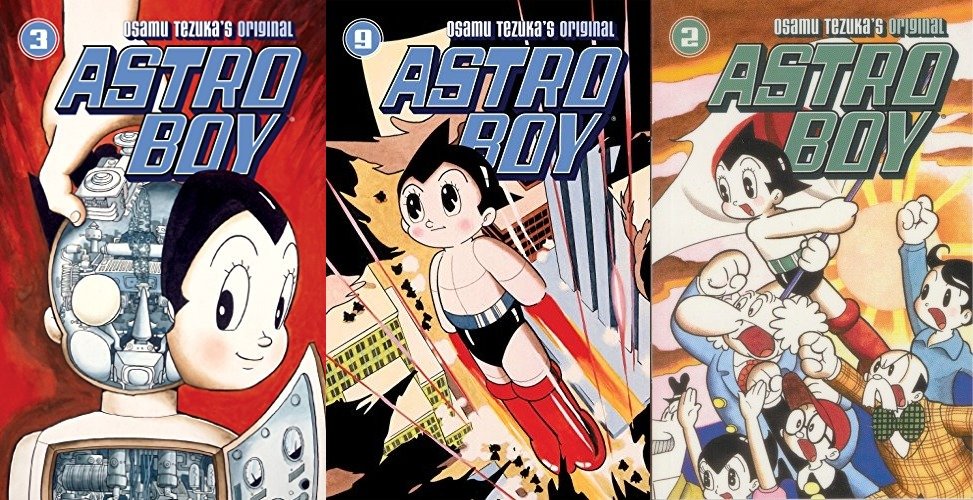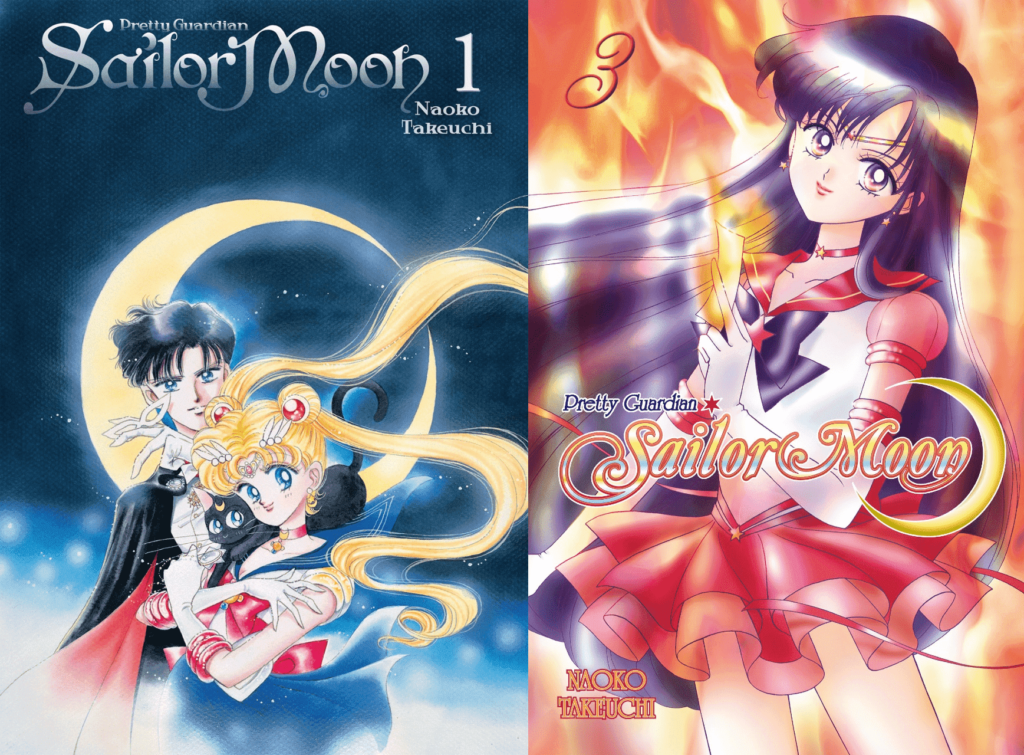With its unique art style and rich storytelling, manga captivates audiences around the world. The captivating genre of storytelling has been around for centuries, evolving and transforming over time to become the global phenomenon it is today. In this article, we explore manga’s evolution from its origins to its impact on Japanese society and global pop culture, as well as its future.
The Origin of Manga

Manga has its roots in Japan’s ancient art of storytelling through illustrations, where illustrated scrolls called emaki were a popular form of entertainment in the 12th century. These scrolls depicted myths, legends, and historical events through images and were also used in temples to educate people about Buddhism.
Over time, the art of storytelling through illustrations evolved, leading to the emergence of manga magazines in the early 20th century. These magazines featured serialized stories with captivating illustrations and paved the way for the modern-day phenomenon that we know and love.
The 20th century was a significant period for manga, as it saw the emergence of some of the most influential artists of all time. One such artist was Osamu Tezuka, who is known as the “Godfather of Manga” and revolutionized the industry with his work. Astro Boy, one of the first manga series to be adapted into an anime, is a prime example of Tezuka’s groundbreaking contributions to the industry.
The Rise of Popular Genres

As the popularity of manga grew, it gave rise to various genres with unique characteristics, catering to different audiences. Shonen, aimed at boys, showcases action-packed stories with strong male characters. On the other hand, Shojo, aimed at girls, tends to focus on emotional themes and romantic relationships. Seinen caters to young men and has more mature themes and complex storylines, while Josei manga targets young women and explores the challenges of adulthood and romantic relationships.
The Emergence of New Genres

Over time, the industry has witnessed the emergence of new genres and sub-genres, including isekai, a sub-genre of fantasy that transports protagonists to another world. Yuri has also grown in popularity, featuring romantic relationships between women and highlighting the diversity of storytelling in manga. Another popular genre is sports, which portrays various sports and their competitive worlds. These fresh perspectives and storylines have expanded the overall appeal for audiences.
The Impact of Manga on Japanese Society

With its unique art style and captivating storytelling, manga has become an influential tool for education, teaching Japanese children about history, science, and social issues. It has also helped break down cultural taboos surrounding topics such as mental health and sexuality. As a result, it has a profound impact on Japanese society, shaping its cultural identity and influencing its youth.
In addition to its cultural significance, manga has also become a significant contributor to Japan’s economy, with manga sales making up a significant portion of the country’s cultural exports. Furthermore, themed cafes have become popular hangouts for young people in Japan, where they can read manga for a small fee.
The Impact of Manga on Global Pop Culture

Manga’s influence on global pop culture is unquestionable. The adaptation of anime has taken it to a global audience , and video games inspired by manga have become a significant part of the gaming industry. Additionally, it has inspired fashion and music, and many artists draw inspiration from its colorful and unique world.
Breaking down cultural barriers is one of the most significant impact on global pop culture. Its distinctive art style and storytelling have transcended cultural boundaries, inspiring people from all over the world to create their own stories and artwork. With fans and artists from all corners of the world, it has become a truly global phenomenon.
The Future of Manga

With its increasing popularity and reach, manga has become a global phenomenon. It has transcended cultural boundaries and influenced different forms of media, including anime adaptations and video games. In recent years, manga has also gained a wider audience through online platforms like Crunchyroll.
The industry is constantly evolving, and new artists and writers are pushing the boundaries of storytelling and art. Diversity and representation of underrepresented groups and themes are also on the rise, signaling a positive outlook for the future of manga.
Manga is also adapting to new technologies, and webtoons have emerged as a popular digital format that uses scrolling to tell stories. Originally from South Korea, webtoons have gained popularity worldwide, with platforms like LINE Webtoon and Tapas offering a space for creators to share their work.
CONCLUSION
Manga has a captivating evolution, originating from Japan’s ancient storytelling traditions, and developing from mere magazines into a global phenomenon. Its influence on Japanese society and global pop culture has been significant and continues to grow. The future of manga looks promising, with new genres, diverse representations, and new technologies. However, to ensure its success, the industry must adapt to changing times and combat piracy.





